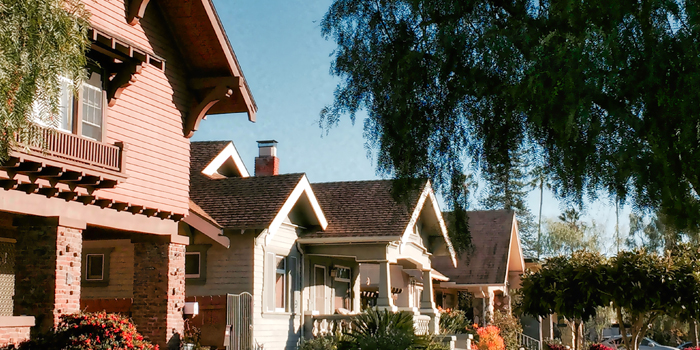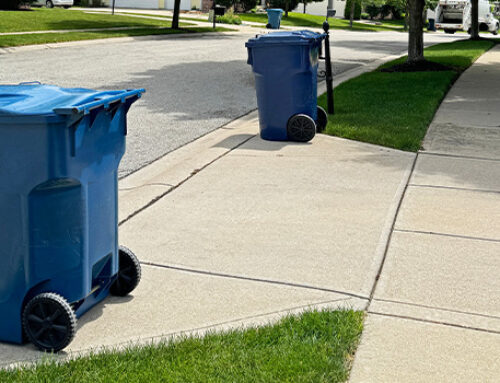Although it can be hard to predict when and where an emergency might happen, that doesn’t mean that you can’t be prepared when a crisis impacts your community. By establishing a clear plan for disaster management ahead of time, you can help mitigate the effects that an emergency will have on your community and ensure that the situation is dealt with in a smooth and efficient manner.
In this guide, we’ll explore the different types of emergencies that may impact your association and how to best create a plan to stay prepared.
- Assess any hazards that might affect your association. List any potential emergencies like:
- Fire risks
- Severe weather (in areas prone to tornadoes, earthquakes, or hurricanes)
- Medical emergencies
- Chemical powerplants
- Equipment failures
- Power outages
Having a list of potential sudden events that could happen is important because it will help you come up with a specific action plan for each event.
- Develop a set of procedures for each possible emergency event. These procedures should focus on:
- Evacuation plans
- In-house procedures
Evacuation plans will help in situations where you need to organize a large group of people quickly and move them to safety. In-house procedures will help in situations where you are more likely to have to deal with localized events that affect only one person or a small group of people (i.e., training your employees on how to use a defibrillator or how to make an area safe after an instance of equipment failure).
Once you have a plan in place, you’ll be able to use that plan to gather the necessary supplies.
- Buy the supplies necessary to execute on your plan. Items to consider keeping well-stocked include:
- Fire extinguishers
- Emergency preparedness kits
- Long-term shelf-life food, water, and blankets (if you decide you want an amenity to serve as a shelter in the case of an extreme weather event)
- Light for emergencies
- Pamphlets that communicate emergency procedures to members and residents
What you need is going to depend entirely upon the plans you have created. If you are unsure what supplies to buy, it’s a good idea to speak to an insurance expert to first see what your liability and expectations are. Our friends at Blue Lime can help answer any questions you might have!
- Make sure you and your fellow board members are properly trained on the procedures and plans for every outlined contingency. Steps you should take to keep everyone up to date regarding safety procedures include:
- Providing instructions on emergency procedures when the member first starts volunteering.
- Regularly reviewing, updating, and communicating emergency preparedness plans.
- Conducting regular drills of plans.
- Creating documents that are easily accessible regarding the safety procedures’ best practices.
Unexpected events can be stressful. Waiting until something happens to train your HOA’s volunteers will increase the event’s stressfulness and may lead to the plan’s failure.
- Keep your data safe. Since so much of the world (including your HOA) runs on the basis of data security, keeping your data from becoming stolen or damaged during a disaster is critical to restoring your full administrative capacity quickly after an event occurs. We recommend these tips:
- Manage data through a hosted, off-site service.
- Run regular checks that your back-up system is working properly.
Taking a few minutes every few months to ensure that all data is being backed-up correctly will go a long way to getting your association back on its feet after a sudden event.
- Ensure HOA business runs as smoothly as possible during the emergency. This may not mean continuing with “business as usual,” but you should be sure that whatever legal and ethical obligations the HOA has during the crisis are met. To do so, make sure you:
- Are aware of your state’s laws regarding HOA emergency powers in a time of crisis.
- Keep abreast of the government and FEMA’s directions.
- Have a way to communicate to your membership the decisions and advice being made by the relevant authorities.
Generally speaking, when a state of emergency is declared, an HOA’s powers are extended to ensure community safety and mitigate damage.
- Have a plan for utilizing all communication channels. In an emergency, centralizing and transmitting information is critical. To make sure your communication strategy is in order, make sure you:
- Decide beforehand what channel (social media, eblast, texting, etc.) will be your primary source of transmitting information.
- Make sure all parties have the necessary login information.
Keeping up to date information in the hands of the people who need it most – your membership – will reduce stress and may even save lives.
While it’s not possible to predict how each emergency will impact your community, by planning ahead of time you can help increase the safety of your fellow homeowners and help minimize any potential property.
For more tips on protecting your community and home during weather-related emergencies, we recommend checking out the following guide here.







